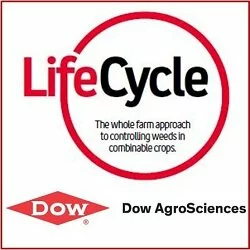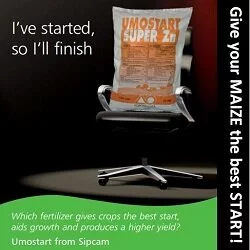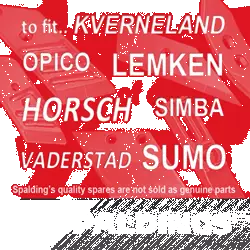Grassland Issues – Compaction
Grass is pretty capable stuff. Many UK farmers rely on its ability to produce fodder for livestock year on year, and it does it almost regardless of the conditions it is exposed to.
But this resilience has a downside – we don’t always realise that our grass is starting to struggle because, with the addition of a little “sugar”, it keeps on growing and giving.
In this edition of our blog, I’m going to look at one of the primary issues responsible for reducing grass yield – Compaction.
Compaction in grassland is not all bad – we all know that topsoil without a degree of firmness and structure would be like soup and wouldn’t sustain traffic for grazing or cropping. The problem is that almost everything we do with our grass creates compaction, and soon to a level where growth is restricted.
Once grass becomes compacted it faces several issues. Firstly the roots struggle to penetrate the firmer soil restricting their access to the minerals and food within the deeper topsoil, and reducing the overall strength of the plant (imagine a skyscraper with shallow foundations). Secondly, once compacted moisture and oxygen don’t penetrate the topsoil, often causing water-logging, and effectively suffocating the soil. Thirdly, and very importantly, compaction restricts the movement of worms within the topsoil as they are unable to penetrate it, and with the lack of oxygen cannot breathe in the deeper strata. Being unable to circulate in the lower part of the topsoil, they are unable to work on the deeper organic matter and provide food for the grass roots to absorb. Eventually, if compaction continues, all worm activity can die out, the soil becomes stale, and the grass will struggle – this is apparent when a sod is dug and the exposed soil smells/looks rotten. I was once told by an local farming character that “we’re all just worm farmers really!”, and I can see what he meant – no worms means no life, or very little, in the soil and we can hardly expect the grass to thrive under those conditions.
If you’re predominantly an arable farmer then from reading this you could already be on your way out to hitch up your sub-soiler, ready to bust up the pan in your grass, and you’d be on the right track but with grass it’s the topsoil that matters. Provided the subsoil is firm and drains reasonably efficiently it’s best left alone in my experience.
So what can be done?
Some of the more cost effective, and most common methods available are typically the Slitter, the Bladed Roller, and the Sward Lifter. They all have their place but no one solution will work for all. (Ideally we should be copying greens-keepers and following their methods [air-injection, coring etc.] but so far it’s not been possible to achieve these methods cost-effectively over the, normally greater, agricultural areas.).
In very basic terms the Slitter removes surface compaction, the Bladed Roller works slightly deeper, and the Sward Lifter can work down to the full topsoil depth to remove heavy compaction. (I’m sure some people will disagree with this simplified statement and I welcome comment and experience from any of you with a differing opinion).
The only thing left is to see whether you have compaction in your grassland (and if so, how much), and there’s one farm machine that’s cheap, reliable and perfect for the job – the humble Spade! So why not get digging some holes, and see what you turn up?
Hint: If you can’t get the spade in the ground, it’s compacted! Happy Digging…
For more information about this blog, please feel free to contact me via the comments option, through our website: www.millfarmashorne.com , or via Twitter: @millfarmashorne
 Write TWO product reviews on Farmers Review and
Write TWO product reviews on Farmers Review and












Add a comment
You must be logged in to post a comment.